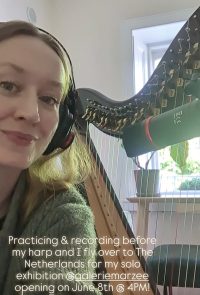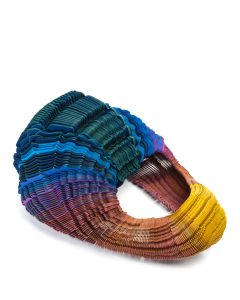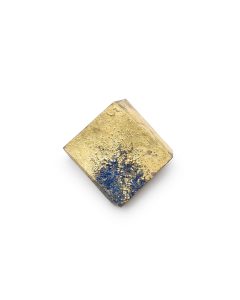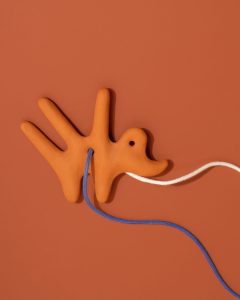Galerie Marzee – contemporary art jewellery

You are welcome to visit the opening of a new series of exhibitions by Genevieve Howard, Graziano Visintin and Julia Walter this Sunday 8 June 2025 at 4pm.
Genevieve Howard will perform live on her Irish harp (accompanied by tape - and maybe some of our other musical Irish guests...).

Genevieve Howard
The Dawn Chorus
jewellery
8 June until 20 August 2025
“The Dawn Chorus is a deeply personal exploration of the delicate interplay between nature, sound, form and material. Rooted in my Irish heritage and shaped by my dual practice as both musician and visual artist…”

Graziano Visintin
jewellery
8 June until 20 August 2025
Fascinated by circles, triangles and squares, Graziano Visintin seeks out the expressive potential of these primary shapes through a language of minimalism, expression, lyricism, science and technique.

Julia Walter
Mother Earth
jewellery
8 June until 20 August 2025
“For a new work cycle I am literally using the earth from the ground of my mothers garden.
I use the processed earth as a sculpting material and fire it like clay…”

